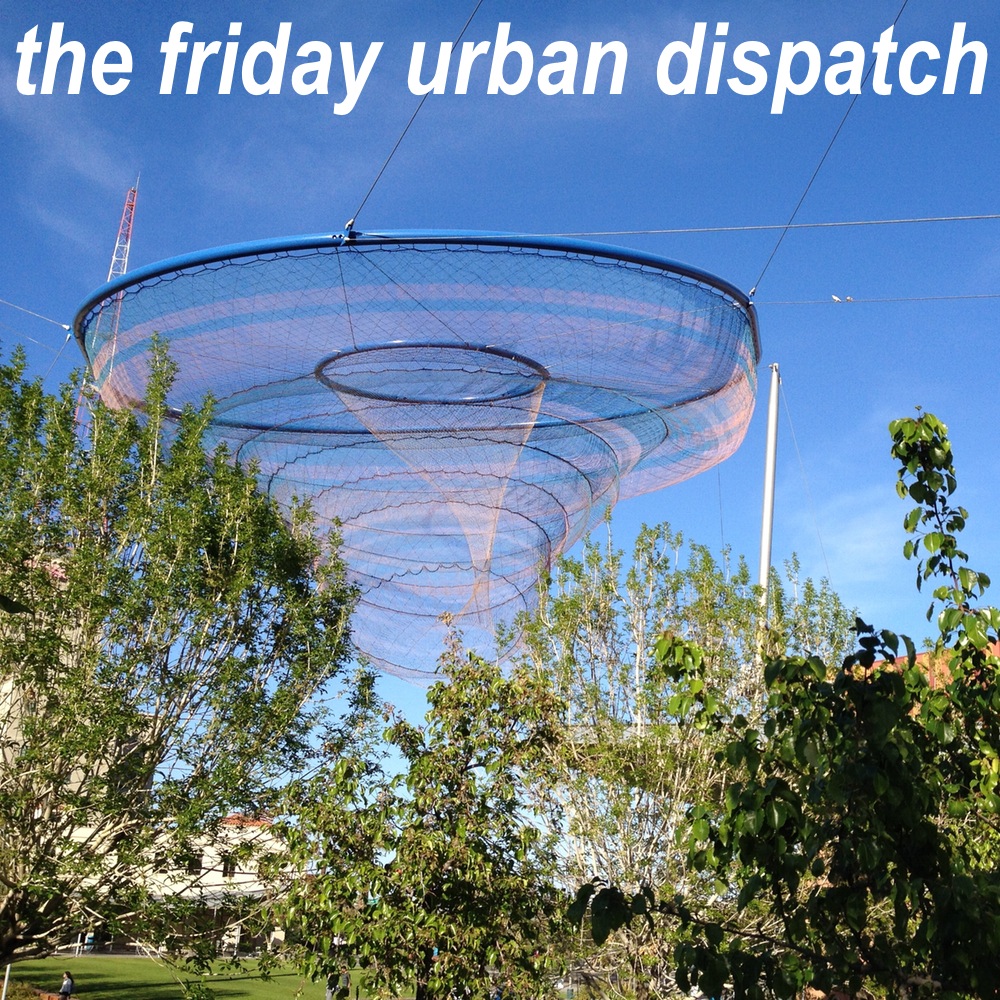A lot been made about what the results from Tuesday’s Election 2014 mean. If you’re a die-hard Democrat, one could safely say it was not a good night at all. If you lean more Republican, then you had an absolute ball. The point of this post is not to comment on specific policies but more about partisanship and the political system.
 1. Tuesday was not a repudiation of liberal ideas but, instead, a repudiation of the Democratic Party. In numerous races across the country, Democrats lost handily, including a majority of seats in the United States Senate. While Republicans will infer, incorrectly, that Tuesday’s results were a repudiation of progressive ideals, I believe the Republicans successfully carried the message that the Democratic Party is not in touch with America. Democrats had walked away from their de facto leader, President Obama, and some of their major policy accomplishments. This also includes no action on immigration, which would alienate a significant voting bloc.
1. Tuesday was not a repudiation of liberal ideas but, instead, a repudiation of the Democratic Party. In numerous races across the country, Democrats lost handily, including a majority of seats in the United States Senate. While Republicans will infer, incorrectly, that Tuesday’s results were a repudiation of progressive ideals, I believe the Republicans successfully carried the message that the Democratic Party is not in touch with America. Democrats had walked away from their de facto leader, President Obama, and some of their major policy accomplishments. This also includes no action on immigration, which would alienate a significant voting bloc.
2. There were some good moments for progressive urbanism, though. In Phoenix, Proposition 480, the bond package for the Maricopa County public health system, handily won and Proposition 487, the elimination of Phoenix’s pension system in favor of a 401(k)-style system, was defeated. In a night filled with challenging news for those of us with left-leaning philosophies, these were two bright spots and moments of sanity.
3. Progressive-minded people need to instill the same importance of voting in their adherents as conservative-minded people do. I still do not understand why people do not vote. Some will say that there are barriers to voting but others and I believe that the results would not have changed were those barriers not present. In Maricopa County, it is painfully easy to vote: the County Recorder’s office will mail you your ballot and a postage-paid envelope to return your ballot. While I believe there should be as few barriers to voting as possible, there are some rules that are set up and, for better or worse, we should play by those until we can get those changed.
4. Arizona is not a “purple state;” it is solidly red. Despite a few liberal enclaves in Tucson and central-city Phoenix, Arizona is a red state. I give you one race that proves my point: as I type, Diane Douglas leads David Garcia in the Superintendent of Public Instruction race. Mr. Garcia had a significant coalition of support for him but he had one fatal flaw: he had a “DEM” next to his name on the ballot. Meanwhile, Ms. Douglas ran a minimal campaign (in the Republican primary, she was “not John Huppenthal”) and is set to succeed Mr. Huppenthal in the Superintendent’s chair.
5. There is a great opportunity for a new party to take over as this country’s progressive party. As I mentioned in point #1, the Democratic Party is in a state of disarray. It’s not sure what it publicly believes other than they’re “not Republicans.” There needs to be a party that loudly and proudly proclaims what I think aren’t controversial issues at all: a desire for a strong commons, equitable and progressive taxation, the need to move away from 19th-century energy to clean energy, and a strong belief that we need to invest in cities. There is a growing discontent with the Democratic Party because it has a reticence to commit to those few things. There are multiple political parties out there other than the two major parties so I encourage you to research all of them and join the one that best suits your beliefs, not what someone tells you is working for you.

 Things have been quiet here on edwardjensen.net over the past couple weeks as I’ve been away from Phoenix taking some much-needed time in different cities. Using the
Things have been quiet here on edwardjensen.net over the past couple weeks as I’ve been away from Phoenix taking some much-needed time in different cities. Using the  Will it be built? News broke this week of the purchase of the soon-to-be-former Childhelp building at 2354 N Central Avenue in midtown Phoenix. While Childhelp has moved to the Phoenix Family Advocacy Center building down the block at 2120 N Central Avenue,
Will it be built? News broke this week of the purchase of the soon-to-be-former Childhelp building at 2354 N Central Avenue in midtown Phoenix. While Childhelp has moved to the Phoenix Family Advocacy Center building down the block at 2120 N Central Avenue,  Meeting new voices. This has been a great week for meeting new voices that have an honest interest in making our downtown community better. I realize that I’m coming at the downtown question from an academic / intellectual perspective (I mean…my undergraduate degree is Urban and Metropolitan Studies!) but I’m starting to find these new voices that are approaching the downtown question from the same angle.
Meeting new voices. This has been a great week for meeting new voices that have an honest interest in making our downtown community better. I realize that I’m coming at the downtown question from an academic / intellectual perspective (I mean…my undergraduate degree is Urban and Metropolitan Studies!) but I’m starting to find these new voices that are approaching the downtown question from the same angle.